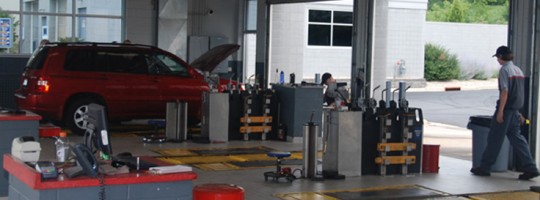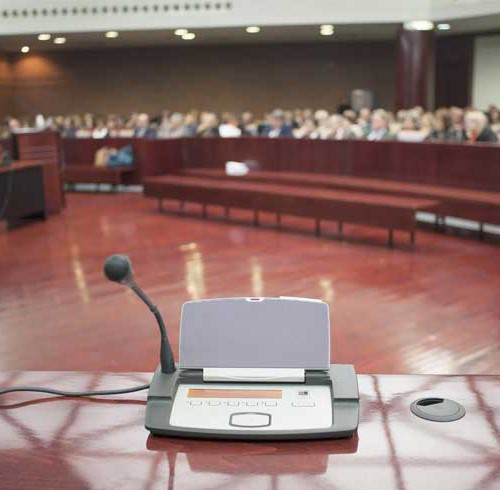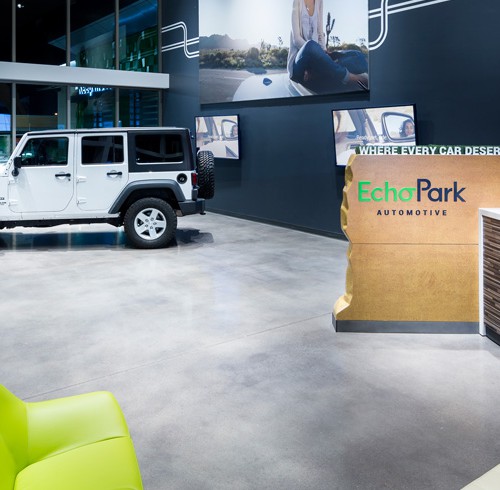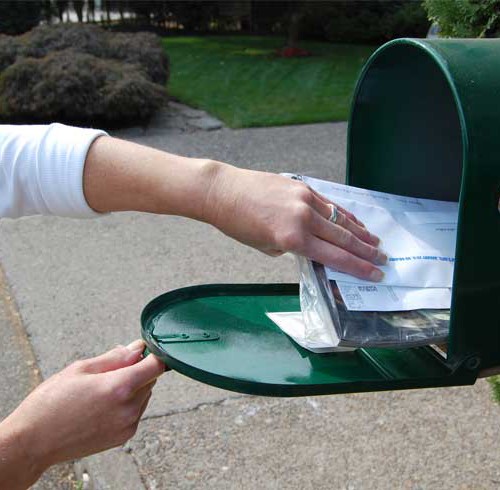Drawing The Loyalty Line: Designing A Dealership Loyalty Program That Drives Consumer Engagement And Rewards Valued Customers

What makes a customer loyal? Are loyalty programs effective? How can dealers win by designing relevant and engaging reward programs?
According to Colloquy’s most recent Loyalty Census, loyalty program membership in Americans rose 25.5 percent from 2012 to 2014. While membership has steadily increased since the report’s inception in 2000, active participation is on the decline. In 2015, the average number of memberships per American household is 29, yet only 12 of those memberships are active.
Loyalty programs have a wide range of potential benefits to organizations: customer retention, greater share of wallet, prompting add-ons, data insights into consumer behavior, and for the best designed and brand-elite, even profit centers.
Some car dealers have mimicked airlines and hotels by engaging customers in programs through status and distinct reward levels. Thoughtful design is key for dealers to distinguish themselves from the noise and become 1 of the 12 active memberships in American households … without sacrificing margins.
Northtown Chrysler Jeep Dodge Ram in Tonawanda, New York was recently awarded the Excellence in Customer Loyalty Award at DealerSocket’s annual User Summit. The store’s customer retention rate is 44 percent compared to the industry average of 20 percent.
General manager, Joe Erbacher, believes their accomplishments are a product of first, their people and second, the store’s Platinum Plus Program. The rewards program was introduced in 1998. Customer benefits include:
- Reward points and unique discounts within a merchant network (merchants include florists, restaurants, drycleaners, fencing companies, and more)
- Dollars to build equity in future purchases earned through regular service
- Quarterly gift
Northtown CJDR has successfully built a reputation and recognition within the local community since the inception of the Platinum Plus Program. Merchant/partners post stickers at their storefronts to notify customers of their involvement in the dealership’s program. An added caveat: merchant/business owners must also be Northtown CJDR customers to be added to the Platinum Plus vendor network.
“It’s more than just building reward points or dollars to your next purchase with your service and parts visits,†Erbacher said. “Our customers are dealing with our other customers and the synergy is incredible.â€
DealerSocket has just one of the industry’s CRM tools that allows for deep mining of customer behavior and purchase history within the dealership. “Loyalty levels†can be measured by a variety of factors: dollar spent on sales at the dealership, dollars spent in service, number and type of vehicles serviced, and other data segments. Unique messaging and rewards can be sent to very specific groups to deliver relevant messages at relevant times in the customer lifecycle.
Jon Lancaster is recognized in the automotive dealer community as an operator who innovated his quick-service business in response to customer behaviors in an effort to drive loyalty. The careful design and marketing of his all-makes quick lube landed his Toyota store in the top five in the U.S. for customer retention when he sold to Penske Automotive Group in 2012.
Lancaster’s approach to loyalty was less structured. He designed a facility, pricing, and convenience to foster loyalty by giving customers what they wanted whether they were a first time customer or a friend of the dealership. In both sales and service, employees were encouraged and empowered to go the extra mile for customers on a case-by-case basis.
He expressed frustration in his personal ability to draw the loyalty line and as he says, “define a loyal customer from a consumer.?
“We always tried to do the right thing by customers, and a shopper would buy a car for $200 less in a neighboring market area and expect all the service bells and whistles that we reserved for our loyal customers,†he shared. “I wasn’t about to sacrifice margins and the availability of a loaner vehicle, for example, for that kind of grinder.â€
Lancaster was known to offer his loyal customers no-cost loaners, home pick up and drop off, additional no-cost detail service, proactive recall response, and personalized gifts.
Whether a dealer takes the data-driven DealerSocket approach, the personal and discretionary Lancaster approach, or a combination of the two, social media has thrown a wrench in the traditional methods for customer valuation.
Michael Schrage recently challenged organizations to reconsider the value of a customer beyond dollars spent in his Harvard Business Review article “Why Your Customer Loyalty Program Isn’t Working.†Schrage points to alternative forms of value such as insights from customer reviews and the power of social sharing. He wrote, “When loyalty can be defined as innovative contributions and influential word-of-mouth as opposed to repeat high-margin business, traditional measures and metrics for loyalty decay into anachronism.â€
Any number of factors facilitate the path to customer loyalty: a familiar face, a valued freebie, going the distance when a customer is in a jam, simple location, convenience, a combination of these, and more. While there is no right or wrong way to define loyalty, technologies within the industry harness data to make the decisions more intuitive. The approach certainly varies by market, franchise, and business model. In the age of digital sharing it is imperative for operators to understand that while loyalty is something businesses foster through engagement with the dealership, it’s also something to maintain in every single interaction, because customer value isn’t always quantifiable.










Warning: count(): Parameter must be an array or an object that implements Countable in /home/pg4b1yzvrqqo/domains/test.drivingsalesnews.com/html/wp-includes/class-wp-comment-query.php on line 399
The best thing dealers can do is promote programs that pay sales people enough to stay around. Everything works out better when a consumer isn’t meeting their sales person for the first time.